Kitchen foil, also widely known as aluminum foil, is a common item found in almost every kitchen around the world. It’s a thin, shiny sheet of metal that is incredibly useful for many different tasks related to cooking, baking, and food storage.
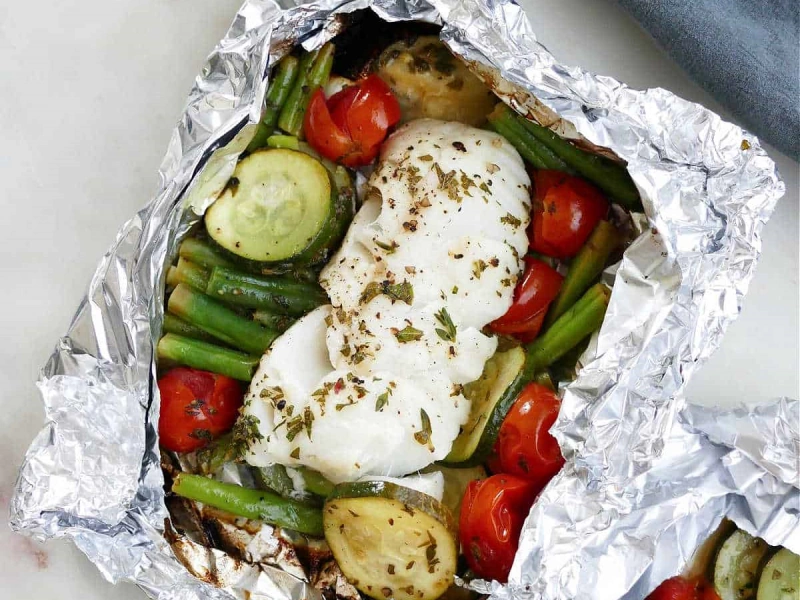
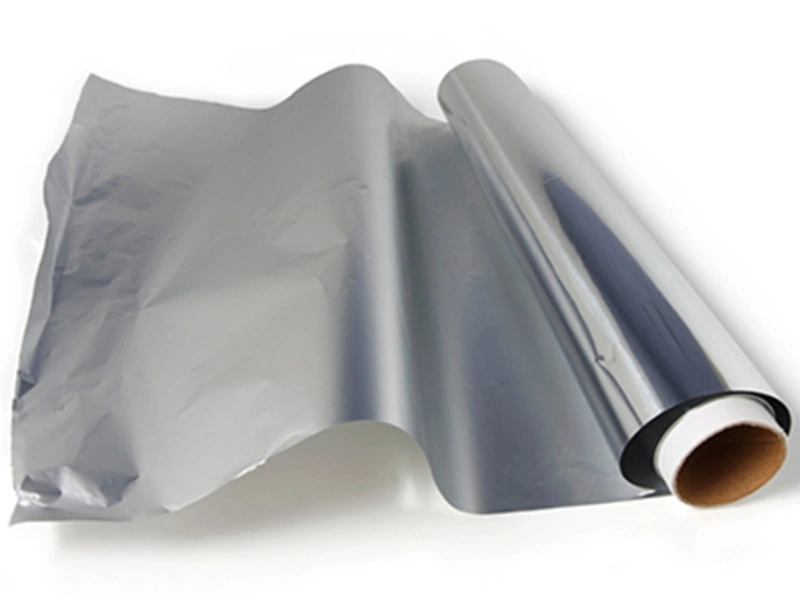
What is Kitchen Foil (Aluminum Foil)?
Kitchen foil is made from aluminum metal that is rolled into very thin sheets. This process makes the foil flexible and easy to shape. The aluminum used for foil comes from different alloys, which are mixtures of aluminum with small amounts of other metals. Common alloys used for kitchen foil include 8011, 8079, 1235, 3003, and others. These alloys give the foil its specific properties, like strength and heat resistance, making it perfect for kitchen use.
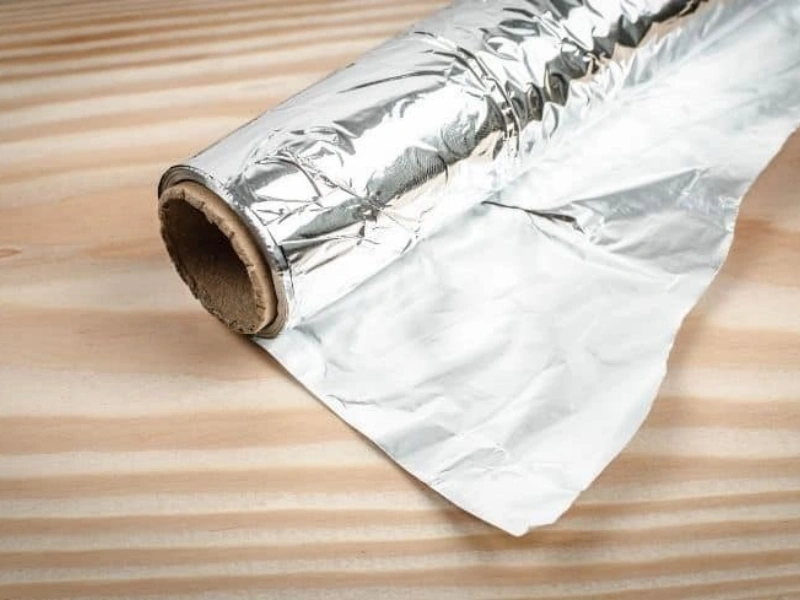
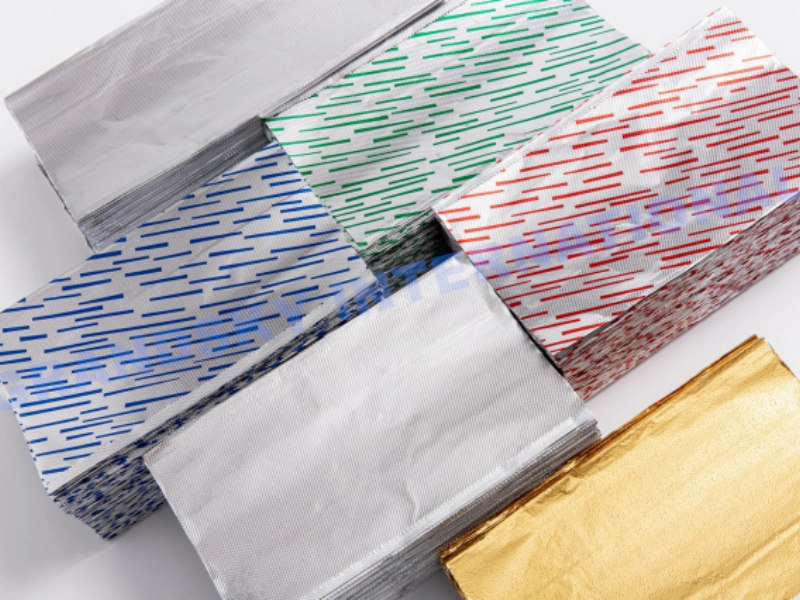
The Many Uses of Kitchen Foil
One of the best things about aluminum foil is how versatile it is. It can be used for so many different things in the kitchen and around the house. Its ability to be molded into any shape makes it very practical.

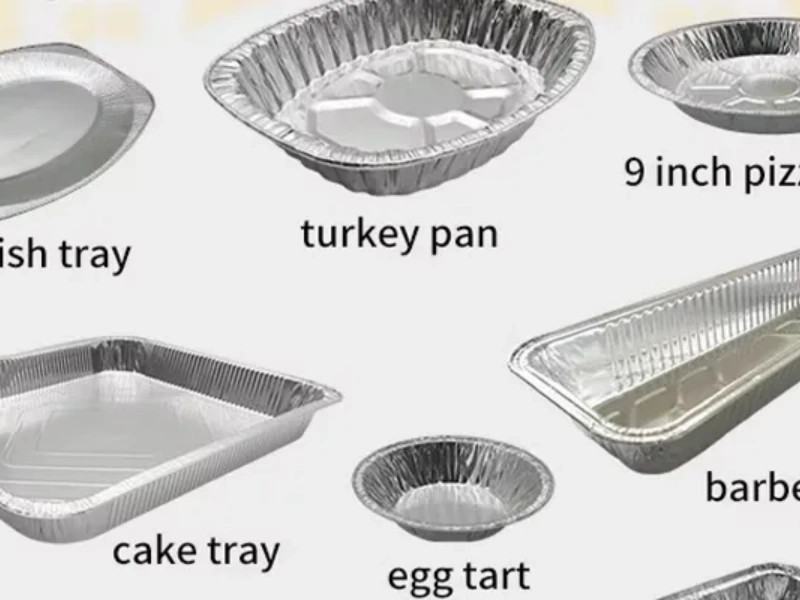
Here are some of the common applications for kitchen foil:
- Food Storage: Wrapping leftovers to keep them fresh in the fridge or freezer. It helps protect food from air and moisture.
- Cooking and Baking: Lining baking sheets or pans for easy cleanup, wrapping foods like fish or vegetables to cook in packets (parcels), or covering dishes in the oven to prevent the top from burning while the inside cooks.
- Roasting: Tent food like turkey or chicken while roasting to keep it moist and prevent the skin from getting too dark too quickly.
- Grilling: Making packets for grilling delicate foods like fish or vegetables.
- Preventing Freezer Burn: Wrapping food tightly before freezing helps protect it from freezer burn, which is when food becomes dry and discolored in the freezer.
- Insulation: Can be used to help keep food warm for a short time.
- Cleaning: Can be shaped into a ball to scrub pots and pans.
- Other Uses: The user provided a list of broader applications which includes:
- Honeycomb structures
- Pharmaceutical packaging foil
- Air ducts
- Household tasks
- Salon hairdressing
- Insulation (general, not just food)
- Cigarette packaging
- Air conditioner parts
- Sealing
- Containers (like takeout containers)
As you can see, the uses of kitchen foil go beyond just the kitchen!
Quality and Benefits of Good Aluminum Foil
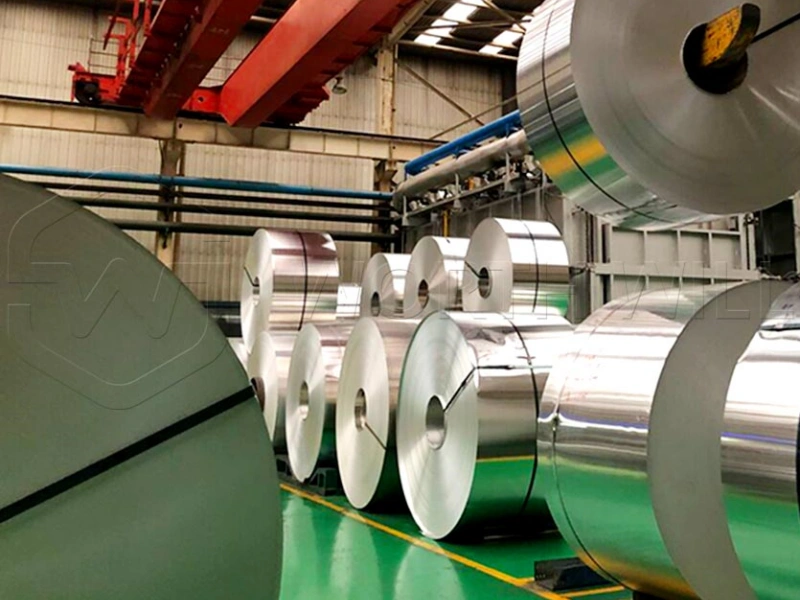
High-quality aluminum foil, often called “catering grade” or “heavy duty,” offers excellent performance. It is thicker and stronger than standard foil. This makes it more durable, especially compared to other wrappers like parchment paper which can tear easily.
Good kitchen foil is ideal for all your baking and general kitchen needs. Whether you are roasting a chicken, baking cookies, or wrapping food for the freezer, reliable aluminum foil is a must-have. It helps with efficient cooking and better food storage.
Tin Foil vs. Aluminum Foil: What’s the Difference?

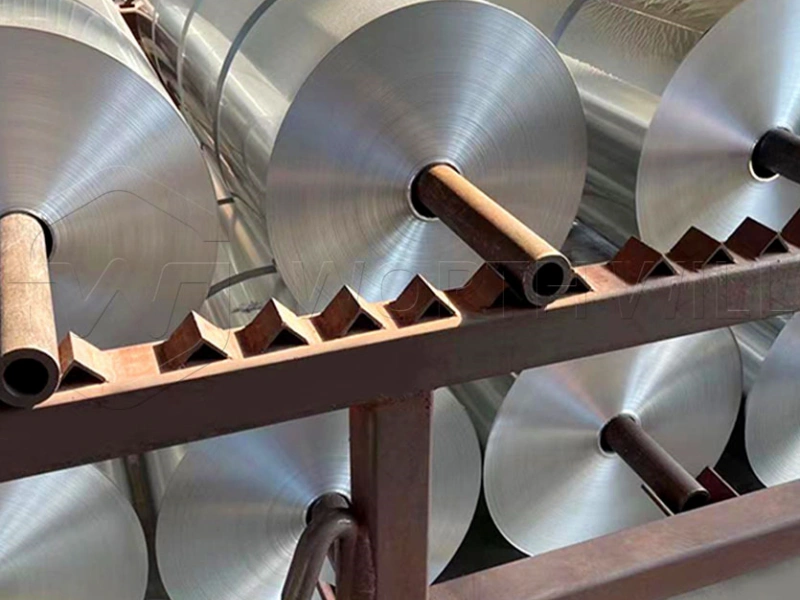
You might have heard people call aluminum foil “tin foil.” This is a common thing, but technically, aluminum foil and tin foil are different!
A long time ago, foil was actually made from tin. Tin foil was used for wrapping food and other items because tin is easy to roll into thin sheets. However, tin had some disadvantages. It could give food a slightly metallic taste, and it wasn’t as strong or as heat-resistant as aluminum.
Later, aluminum became cheaper and easier to produce. Scientists discovered that aluminum foil was better for wrapping food. It doesn’t react with most foods, it’s stronger, and it handles heat better. So, slowly, aluminum foil replaced tin foil.
Even though we now use aluminum foil, the old name “tin foil” stuck around, especially in some places. So, when most people today say “tin foil,” they are actually talking about aluminum foil. The product you buy in the store today is aluminum foil.
Aluminum Foil and Health
A common question is whether it is safe to use aluminum foil when cooking. Small amounts of aluminum can transfer from the foil to food, especially when cooking with acidic foods like tomatoes or lemons at high temperatures for long periods.
However, studies show that the amount of aluminum that transfers is usually very small. Our bodies can handle small amounts of aluminum. Most of the aluminum we consume is eliminated through our waste.
According to health authorities, using aluminum foil for cooking is generally considered safe for most people when used normally. It’s often recommended to avoid using it for highly acidic foods or cooking at extremely high temperatures for very long times, just to be extra cautious. But for everyday cooking, baking, and food storage, aluminum foil is safe to use.
Frequently Asked Questions about Kitchen Foil
Let’s answer some common questions people have about kitchen foil.
What is kitchen foil used for?
As we discussed, kitchen foil has many uses. Its main purposes are food storage, cooking, and baking. It’s used to wrap food to keep it fresh, line pans for easy cleanup, wrap food for roasting or grilling, and prevent freezer burn. It can also be used for other household tasks and even industrial applications because of its properties like being a barrier to light, oxygen, and moisture.
Does kitchen foil go shiny side up or down?
This is a very common question! For most everyday uses of kitchen foil in the kitchen, it actually does not matter whether the shiny side is up or down. The difference between the two sides happens during manufacturing when the foil is rolled. One side is in contact with a polished roller (making it shiny), while the other side is not (making it dull).
Both sides perform the same way when it comes to cooking, baking, or food storage. Neither side is better at reflecting or absorbing heat significantly enough to make a difference in typical kitchen use. So, use whichever side is easiest!
Why wrap aluminum foil around a doorknob at night?
This is an interesting question, and while it involves aluminum foil, it’s not really a kitchen use! People sometimes wrap aluminum foil around a doorknob as a simple way to know if someone tries to open the door. The foil will make noise and fall off if the handle is turned. It’s a sort of makeshift security alert. It’s not related to cooking or food storage, but it’s a clever, non-standard use of the material!
What do Americans call kitchen foil?
In the United States, kitchen foil is most commonly called aluminum foil. While some older people might still occasionally say “tin foil” out of habit, the standard and widely used term is aluminum foil. So, if you ask for kitchen foil in America, people will understand, but “aluminum foil” is the typical name.
Is It Safe to Use Aluminum Foil in Cooking?
Yes, as discussed earlier, using aluminum foil for cooking is generally considered safe. The amount of aluminum that might transfer to food is usually very small and within safe limits for most people. For maximum safety, avoid using it with very acidic foods or for very long cooking times at extremely high temperatures. But for everyday baking, roasting, and covering dishes, it is safe.
Conclusion: Kitchen Foil – A Kitchen Essential
Kitchen foil, or aluminum foil, is truly a versatile and essential tool in the kitchen. From keeping leftovers fresh to helping you with baking and roasting, its uses are numerous. Understanding what it is, its benefits, and how to use it safely helps you make the most of this simple yet powerful item. Whether you call it aluminum foil or tin foil, it remains a valuable part of modern cooking and food storage.

